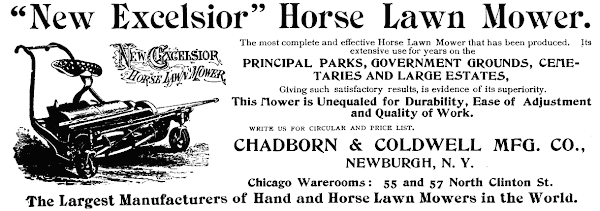The Romans had wanted their bread and
circuses, the folk of 1859 would settle for just a circus, but it was rather
less barbaric than the Roman namesake. The “equestrian circus” began in London
in 1786, but 1859 was the year that the flying trapeze was added to the bill.
The world’s first flying trapeze circus act was performed on November 12 at the
Cirque Napoléon in Paris by Jules Léotard, 21, who had practiced at his
father’s gymnasium in Toulouse. He wore the daring (for that period) tights
which still carry his name.
A whole series of daring young men followed
him, but few were as daring or showy as Charles Blondin, the tightrope walker.
Starting on June 30, Blondin
made 21 crossings during the summer on a rope 1100 feet long stretched 170 feet
above the boiling waters of the Niagara Falls, from Prospect Park on the United
States side to the Canadian side.
On August 17 he carried his manager across
the gorge on his back. The trip lasted 42 minutes and included 42 rest stops. Scientific American was scathing: “We
did not suppose that two such fools existed on this hemisphere. The idea of
such a thing is enough to congeal the blood.”
Doctor George Winship, a 25-year-old physician who
trained in Cambridge Massachusetts could raise himself by either little finger
until he was half a foot above it. He could also raise 200 lb by either little
finger and lift 926 pounds dead weight, without the aid of straps or belts,
said The Times.
Closer to home, Scientific American used the same
figures a week earlier, suggesting that both journals drew from the same
original source or press release, as there was no time for the American
material to have crossed the Atlantic.
The
American account says Winship was due to give a lecture in Boston, but fainted
twice. He attributed this to the atmosphere being close and impure, though
others thought it was because he had not spoken in public before. His lecture
was on physical education, but the aptly named the Boston Atlas reported that the strong man proved an infant. Winship seems
to have disappeared from public notice thereafter.
For his own pleasure and the amusement of
others, a gentleman
in Liskeard, Cornwall fashioned himself a suit made solely from 670 rat skins,
collected over three and a half years. It included neckerchief, coat,
waistcoat, trousers, tippet, gaiters, shoes and even a rat hat.
It was a
measure of the way people were being urbanised that dogs were now seen more as
companion animals than as work assistants. The world’s first dog show was held
at Newcastle-upon-Tyne in June, while Birmingham held another show in November.
To this day, Britain’s National Dog Show is organised by the “Birmingham Dog
Show Society (founded 1859)”. The Battersea Dogs’ Home was established in 1860.






